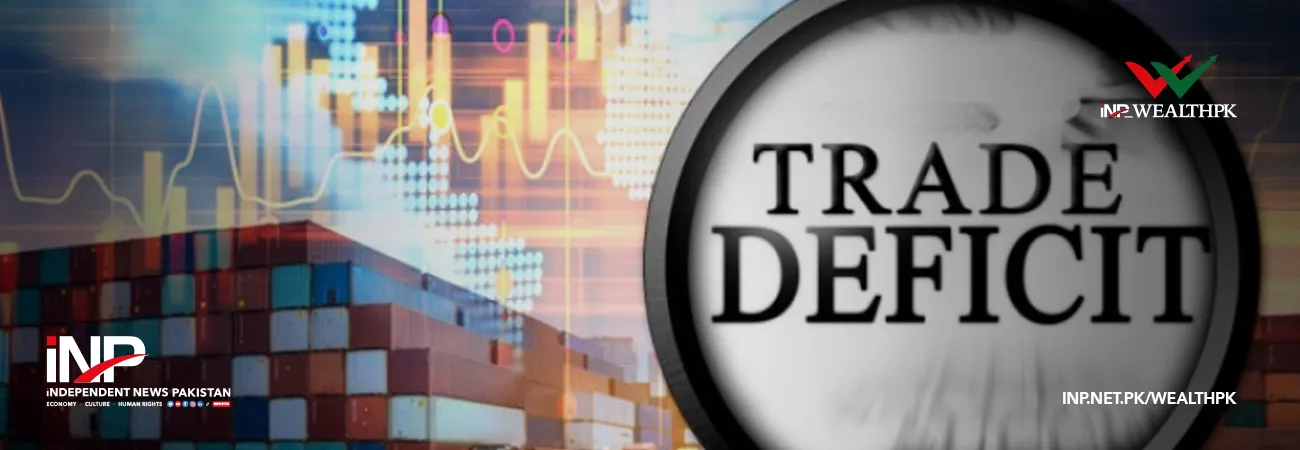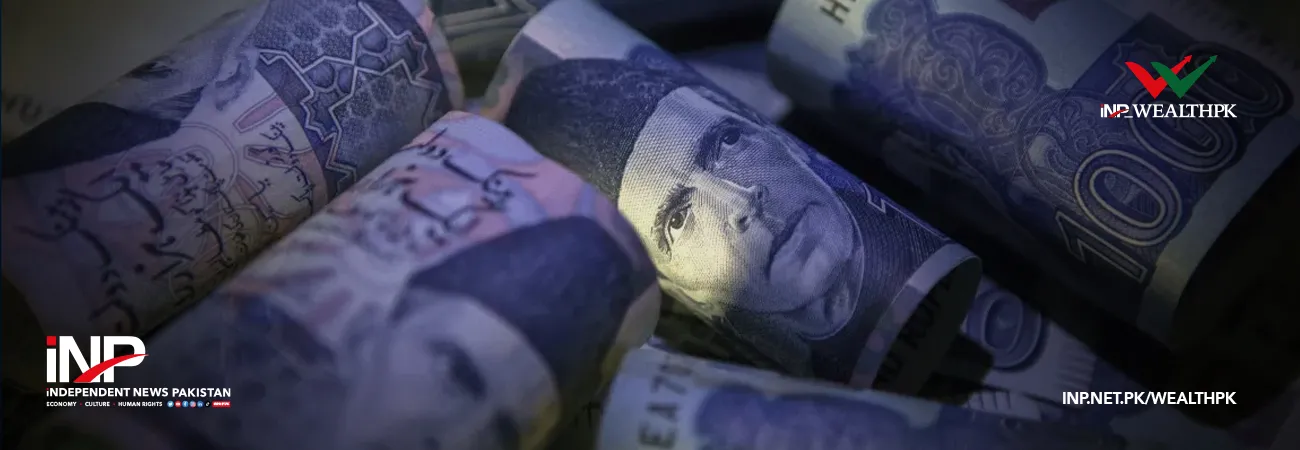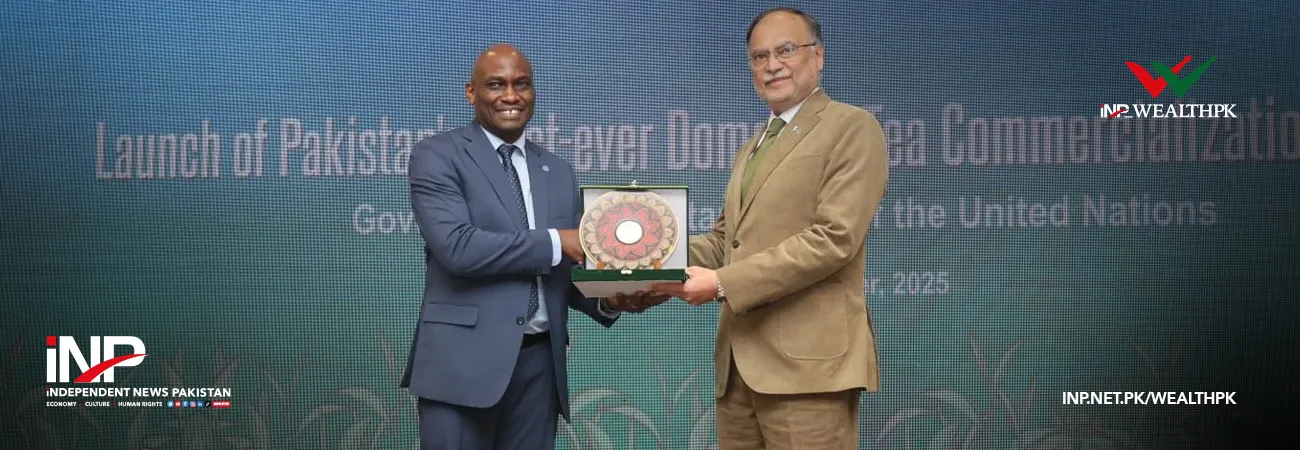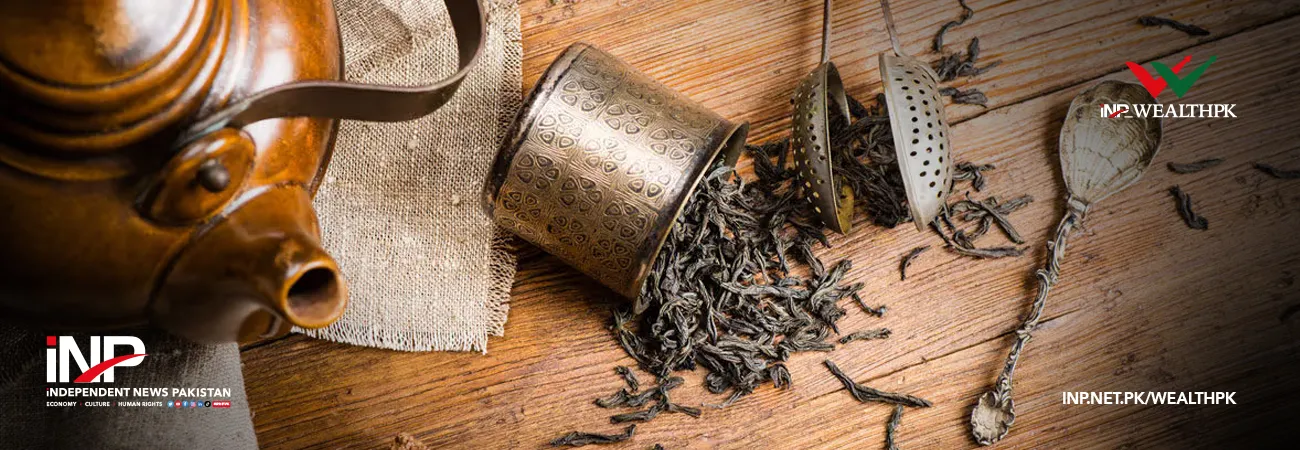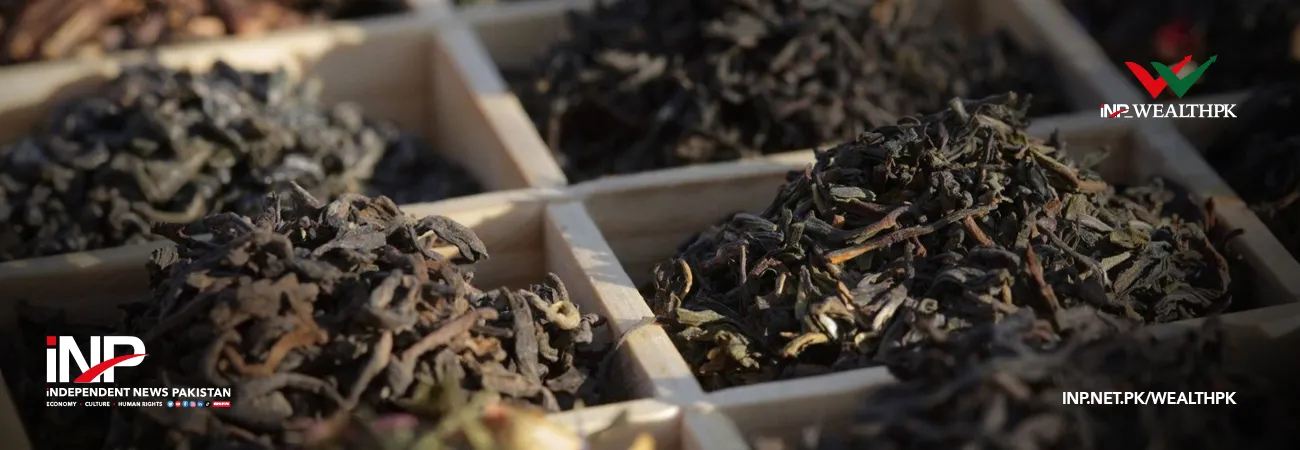آئی این پی ویلتھ پی کے
Moaaz Manzoor
Pakistan’s rising imports and stagnant exports signal serious flaws in the country’s trade and industrial strategy, with experts calling for structural reforms to reverse the widening regional trade deficit, reports WealthPK.

Pakistan’s trade gap with regional and Gulf partners widened notably in FY25, highlighting persistent structural imbalances. The deficit with nine neighbouring countries increased 32.82% to $11.17 billion in the July-May FY25 period, driven by surging imports from China, India, and Bangladesh, despite modest gains in exports. Exports to China decreased by 11.18%, while imports increased by 22.59%, widening the bilateral trade gap.
Meanwhile, the deficit with Gulf Cooperation Council (GCC) countries increased 14% to $12.4 billion, with exports up 16% to $5.08 billion and imports rising to $17.5 billion, propelled by a 46% surge in purchases from the UAE. Despite some export growth, Pakistan’s trade remains import-heavy and concentrated, underlining the urgency for a more diversified and resilient strategy.
Speaking to WealthPK, Syed Ali Ehsan, Deputy Executive Director of PRIME, attributed the growing regional trade imbalance largely to a steep rise in oil imports from Gulf nations, particularly the UAE. He noted that imports from the UAE alone increased by 32% during the July-May FY25 period, resulting in a $1.5 billion surge.
Overall, Pakistan’s imports from the UAE rose 46% to $8.33 billion, while exports stood at just $3.96 billion. In contrast, imports from Saudi Arabia dropped 15% to $3.47 billion. Ehsan added that this increase in oil imports occurred amid global price volatility following the escalation of tensions in the Middle East. However, he pointed out that global oil prices have recently moderated and now stand 10% below the average for July to May.
“This lower oil price may offset volumetric increase, leaving the overall petroleum import bill unchanged in FY26,” he explained, hinting that the impact on the trade deficit may flatten out if current trends continue. Pakistan’s heavy dependence on petroleum imports, which consumed $17 billion last year —twice the size of its recent IMF loan — adds further stress to its external account.
Ehsan noted that Pakistan is pursuing bilateral and multilateral trade arrangements, including free trade agreements (FTAs) with the GCC countries, South Korea, Vietnam, and several African and Central Asian states, but said progress remains slow and uncertain. “FTA talks with GCC nations are ongoing, but it’s unclear if anything concrete has been finalised,” he observed, citing language from the FY25 Economic Survey that categorises these deals as “upcoming.”
Muhammad Armughan, senior researcher at the Federation of Pakistan Chambers of Commerce & Industry, stated, “One of the most critical barriers to industrial investment in Pakistan is the chronic absence of financial inclusion and the deep-rooted trust deficit between the government and the domestic business community.” He emphasised that policy uncertainty deters both local capital and foreign direct investment, compounding Pakistan’s structural trade problems.
Armughan argued for a decade-long, stable industrial framework with operational clarity and safeguards for investors. Without it, he said, Pakistan will continue to fall short in both import-substitution and export-oriented sectors. He also criticised the dominance of “Seth enterprises” in Pakistan’s private sector, which prioritise short-term gains over long-term competitiveness.
“To shift from a consumption-driven to an export-led economy, both the public and private sectors must align around a vision rooted in strategic transformation and global market integration. Without reforming the existing trade framework and aligning it with industrial capability, the imbalance is likely to persist,” he noted.
Credit: INP-WealthPk


